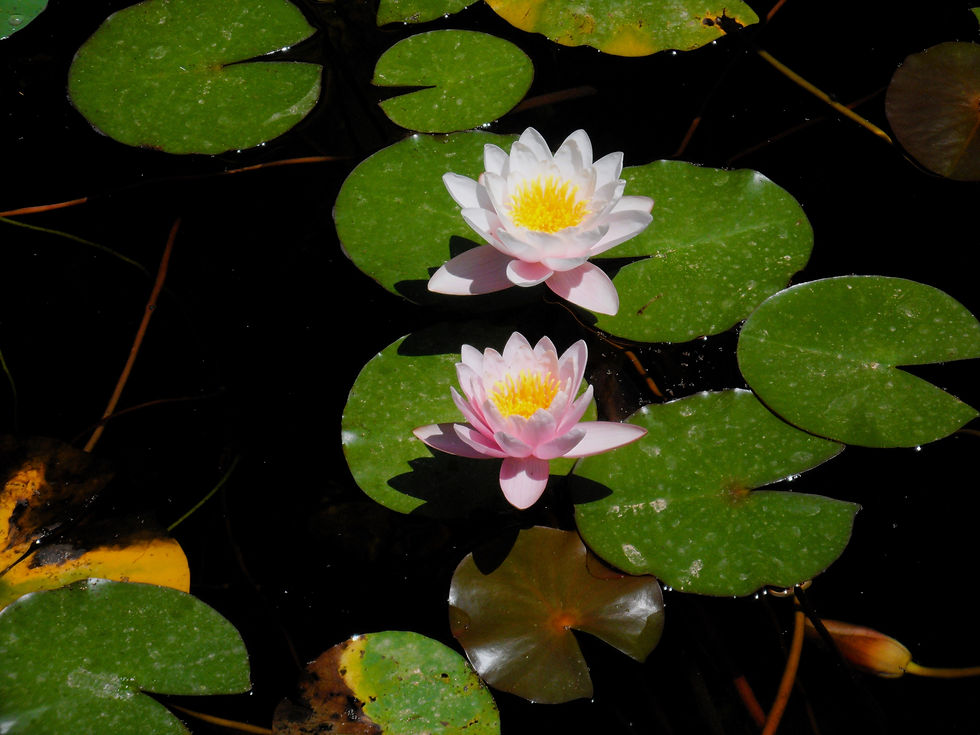Naples: the Tower Garden of Capodimonte
- Angelo e Adele
- Jun 28, 2024
- 3 min read
Today we offer you a beautiful itinerary within the Royal Forest of Capodimonte in Naples, at the end of which we will find, as a just reward for the road travelled, a pleasant site where we can refresh ourselves.
We are talking about the Giardino Torre (Tower Garden), the most recent result of the restoration and functional recovery activity of the buildings contained within the Royal Forest; to give an idea of what has been achieved, nothing better than reporting the text from the website of the consortium company Delizie Reali, which won the European tender announced by the then MIBACT and was awarded the management for 20 years of the two sites Giardino Torre (*) and Stufa dei Fiori:
Located on the north-eastern edge of the Royal Forest of Capodimonte, the Tower Garden was the Royal Fruit Planter of the Bourbons: a garden of delights, a nursery and a real agricultural company.
A careful study guided the recovery of these places of extraordinary historical and cultural importance, a precious testimony to the productive vocation of the Bourbon royal sites.
The restoration work - carried out by the companies Euphorbia srl and Minerva srl - involved the vast botanical heritage and the eighteenth-century buildings: the turreted Casamento with the ancient wood-fired oven where, it is said, the first Margherita pizza was cooked; the Flower Garden which represents the most precious area of the complex; the fountains and greenhouses and the so-called Purpignera Garden where in ancient times ornamental potted plants were grown and where two bulb nurseries are preserved.
The site was reopened in July 2023 with over 600 plants including citrus fruits - orange and mandarin, chinotto, bergamot, grapefruit and lemons -, fruit trees of pear, peach, apricot, plum and cherry; exotic fruits dear to the Bourbons including currants, pineapples and raspberries; vegetables and aromatic herbs. At the center of the Real Fruttiera stands a majestic specimen of Camphor, among the most important monumental trees of the Royal Forest of Capodimonte and of Italy, and all around, just as in the Bourbon era, tomatoes and papaccelle, broccoli and pumpkins, aubergines are cultivated , cabbage and courgettes.
The new life of the Garden and Casamento Tower includes a series of integrated activities between agricultural production, processing and transformation of vegetables and fruits, conscious and sustainable catering, teaching, educational workshops, food and ethnobotany education, as well as the participation of an active community made up of cultural associations, social cooperatives, small virtuous local businesses.
Our walk begins by entering the Real Parco from Porta Piccola (top left of the map), where we can enter by car if equipped with a permit and park it in the designated area; the itinerary is that diagonal yellow line, and it is preferable to have a motorized chair to follow it, as it is quite long:
The avenue begins once you have crossed the Porta di Mezzo and continues up to approximately 100 m before the statue of the Giant, where we find the signposted detour:




We cross the entrance gate of the Garden and glimpse the Casamento:

And this is the monumental Camphor, a tree whose estimated age is 200 years and which has a circumference of 730 cm and a height of 24 m:





Here we are at the Flower Garden, intended from its origins for the cultivation of flower species, with the Nicchione Fountain, built in 1790, and the pineapple pots on the left:







Other flowers are those of the Purpignera Garden, a word which is the Neapolitan translation from the French pépiniére (nursery):






Let's now take a look at the Casamento Tower, an architectural complex, probably pre-existing the Royal Site of Capodimonte, characterized by an elegant tower, in Vanvitellian style, which recalls other small royal turreted structures:



And now we see the Old Oven of Capodimonte, built at the behest of Ferdinand II of Bourbon, where, according to legend, in 1889 the pizza chef Raffaele Esposito prepared pizza with tomato, mozzarella and basil dedicating it to Queen Margherita:



And we close with an image of the courtyard, where we had lunch protected by a providential umbrella, enjoying dishes inspired by the Neapolitan tradition and reworked with modern touches:

(*) symbol indicating the presence of toilets equipped for disabled people



Comments